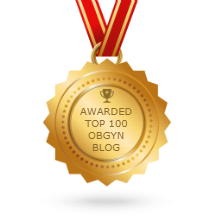Who doesn't look forward to lunch during a busy day tending kids at home or a hard day at work? I look forward to lunch. However, when I interview patients about their eating habits, I find all too often that patients skip meals, especially breakfast and lunch.
I understand. We're busy. Sometimes we're not even hungry. We think skipping meals will help us lose weight. But as I have mentioned before, skipping meals actually causes us to lose muscle and slow down our metabolism and our thinking, making us feel sluggish and perform poorly. If we skip breakfast we are even less hungry than we would be had we jumpstarted our metabolism with a good breakfast.
So, I have decided to promote the idea of a homemade workday lunch by issuing a challenge called the Joy Lunch Club. I will give the readers of this blog two weeks to submit a picture of their awesome lunch on a typical busy day. The best workday lunch photo at the end of two weeks will receive a custom "yoga girl" lunch box complete with containers and ice. To qualify, the lunch must be healthy, contain protein and produce like fruit or vegetables, be homemade, and if brought to work, be in suitable containers. Photos may contain the lunch itself or you with the lunch. They should be posted to my office Facebook page linked to this website. Finally, to be eligible for the prize, you have to be subscribed to the site. (Please see the "Subscribe and Comment" section in the menu.) At the end of the two weeks I will announce the winning photo, who's owner will then need to Facebook message me for the prize. Unfortunately I need to limit this offer to the US and Canada.
Others can order this unique lunch box through our Zazzle Store found HERE. Have fun, enjoy your lunch and good luck!





















